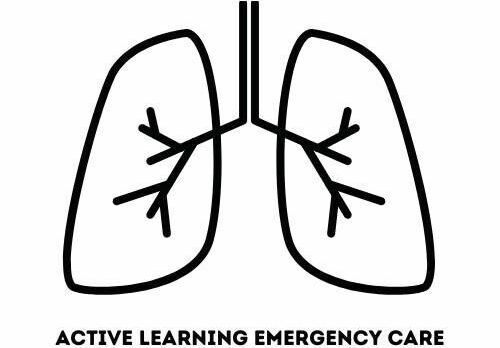Tourniquets and Andragogy

Disclosure:
Keep it Real
So, recently I was asked to help teach a class on tourniquets for new nurses in the emergency department. As a good educator I considered my goals for the lesson, and began writing some objectives for the learning experience. Like most, I focused on what content I needed to cover for participants to become proficient or at least competent at tourniquet application. However, as I wrote out the procedural steps I became self-aware that the learning experience had become a sort of cookbook recipe on tourniquets. A kind of how to procedural manual for tourniquet application. While the slide deck presentation would no doubt help familiarize students with tourniquet use, I realized it was still missing something. I found myself thinking, why would they care what I have to say?
Rather than having my learners merely endure the passive transference of information from my slides and lecture, I began to reflect on ways to better increase learner engagement. I wanted my participants to have a learning experience that was more than just a recitation of procedural facts, devoid of any real-world application. So I thought, what is it that makes a learning experience memorable? Think of the last conference or lecture you attended, how much do you remember? For myself I can tell you the answer is not much. So I found myself asking how can I create a learning experience that is not merely content focused, but offers a process for them to practice using the tools necessary for acquiring new skills and knowledge? To better understand learner motivation, I thought about the principles of andragogy and how they might apply to my tourniquet class.
Andragogy commonly refers to the educating of adults, while pedagogy typically refers to the educating of children. While there is a certain amount of overlap amongst both theories, as well as a healthy amount of debate, there are also significant and distinct differences amongst the learning strategies employed for adults and children. In Malcolm Knowles's Andragogical Principles of Learning, he discusses certain adult characteristics important for educators and facilitators to be cognizant of whenever preparing learning events for adults. While this blog is not intended as a comprehensive review of these theories, I will point out a few andragogical principles I considered while preparing for my tourniquet class.
First and foremost is the principle that adults need to know why it is they need to learn something (Knowles, 2020). Have you ever been asked to take part in a meeting or a training event only to wonder why, or think what does this have to do with me? We often need to understand the relevance or at least see the application in something before we are willing to invest ourselves. Think nice-to-know vs. need-to-know.
Similar to "need to know", is the andragogical principle that adult learners are problem-centered and that their orientation to learning is life-centered (Knowles, 2020). For my learners this meant that they would need to be able to apply what it is they are learning to real-life situations. Sitting in a classroom and passively listening to a lecture, it's hard to appreciate the sense of urgency when applying a tourniquet during a time sensitive and high stakes situation. How does one convey this while in a classroom setting? Well, perhaps instead of telling them maybe we can show them.
So I decided to put together a short YouTube Video demonstrating the tourniquet and distributed it to the learners before coming to class. This sort of flipped classroom approach allowed me to prime participants for their learning experience by exposing them to course content ahead of time. This also helped me condense some of the learning materials and classroom time originally devoted to introducing the topic. In regards to andragogy, the video content also helped orient and familiarize learners to the tasks associated with the learning event.
However, what do most lectures, slide decks, and videos have in common? Passive learning. In an attempt to close this gap I looked for ways to integrate an active learning exercise into my tourniquet class. As an experiential activity, I incorporated simulation into the learning event. This would hopefully offer participants the opportunity to put into practice the "How" and "Why" of tourniquet application. When done well simulation provides a learner centric vs. instructor centric learning experience. As a learning strategy, simulation provides learners the opportunity for increased participation to practice skill performance, improve critical thinking, and build self-confidence. However a word of caution, as some of you reading this post may attest from personal experience, simulation conducted poorly by untrained staff can potentially create a negative or even traumatic learning experience for participants. Simulation based learning should be conducted by well-trained faculty that will proactively safeguard participants from psychologically harmful experiences.
Admittedly andragogy is not without its short-comings; the lack of inclusiveness for diverse learner populations, and the relative insufficient consideration of the sociocultural context of its learners, are just a couple examples. Yet, andragogy as a learning theory offers a framework for creating meaningful and relevant learning experiences to engage and motivate its learners.
Addressing andragogical principles such as what learners need to know, and problem-centered learning, has helped provide a frame of reference when creating new learning experiences. Self-motivated and self-directed learners capable of constructing their own learning, remains the holy grail for educators. So when lost and without direction on how best to motivate and engage learners, I think to myself "Keep it Real".
References:
Knowles, Holton III, E. F., Swanson, R. A., & Robinson, P. A. (2020). The Adult Learner. Taylor & Francis Group.
Disclosure:
